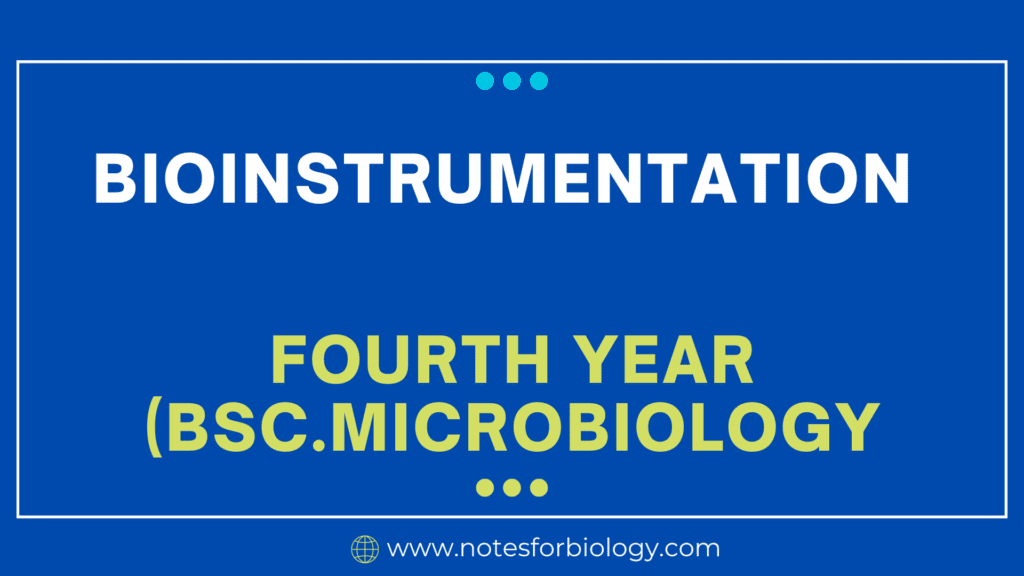Benedict’s test is a fundamental biochemical experiment that detects the presence of reducing sugars in a solution. These carbohydrates, including glucose, include free aldehyde or ketone groups that can reduce copper(II) ions in Benedict’s reagent to copper(I) oxide, producing a distinct color shift. This test’s simplicity and repeatability have made it an essential tool in a variety of sectors, including medical diagnostics and food quality monitoring. Benedict’s test is an important technique in both educational settings and professional laboratories because it provides a clear indicator of sugar concentration via a simple colorimetric response, making it easier to analyze carbohydrate content in a variety of samples.
Table of Contents
Principle
Benedict’s test is based on Benedict’s reagent, a vivid blue solution of copper sulfate (CuSO4), sodium citrate, and sodium carbonate. Reducing sugars, or carbohydrates with an open-chain structure and a free aldehyde or ketone group, can function as reducing agents. During the test, the sugars give electrons to the Cu2+ ions in Benedict’s reagent, reducing them to Cu+ ions. This reduction reaction causes a color change in the solution, which indicates the presence of reducing sugars.
Procedure and Steps – Benedict’s Test
1. Preparation
- Label test tubes for each sample to be tested.
- Fill each test tube with 5 ml of Benedict’s reagent.
2. Addition of Sample
- Add 2-3 ml of the test solution (or a tiny amount of the solid sample) to each test tube with Benedict’s reagent.
3. Heating
- Submerge the test tubes for five to ten minutes in a bath of boiling water.
4. Observation
- After the solution has heated, look for any color changes and precipitate formation.
Results Interpretation
- No change (blue solution) indicates that no reducing sugar is present.
- Green precipitate contains trace levels of reducing sugar.
- Yellow precipitate indicates a low concentration of reducing sugar.
- Orange precipitate indicates a moderate concentration of reducing sugar.
- Red or brick-red precipitate indicates a high concentration of reducing sugar.

Uses
1. Clinical applications
Diabetes Mellitus Testing: Screening for glucose in urine as part of the diabetes mellitus diagnosis and monitoring process.
2. Food Industry
Quality control: It involves determining the presence of sugars in food and beverage goods.
3. Biochemical Studies
Enzyme Activity: Measuring the activity of the enzymes that break down carbohydrates.
Metabolic Studies: Researching the metabolic processes that involve carbohydrates.
4. Educational Purposes
Useful in lab settings to instruct students in qualitative analysis methods and sugar reduction.
Limitations of Benedict’s Test
1. Non-Specificity
Detects reducing sugars and other reducing agents, which can lead to false positives.
2. Semi-quantitative Nature
It merely provides estimated measures and is not precise enough for proper quantification.
3. Interference with Other Substances
Complex samples can contain chemicals that impact the accuracy of the test.
4. pH Sensitivity
Requires an alkaline environment that can be disrupted by acidic or basic compounds.
5. Manual and Time Consuming
Requires precise execution and heating, which can be time-consuming and prone to human error.
6. Temperature Sensitivity
Temperature changes affect outcomes, therefore regular heating is required for reliable findings.
7. Stability of Reagent
Benedict’s reagent has a limited shelf life, which may impair its potency over time.
In conclusion, Benedict’s test is a commonly used assay for detecting reducing sugars that use the reduction of copper(II) sulfate to copper(I) oxide, resulting in a color shift. It is used for medical diagnostics, food industry quality monitoring, and educational contexts. However, the test has several limitations: it is non-specific, detecting any reducing sugar or other reducing agents; it is semi-quantitative, providing only approximate measurements; complex mixtures can interfere with accuracy; it requires an alkaline environment, is manual and time-consuming, and relies on consistent heating. Furthermore, Benedict’s reagent has a limited shelf life. Despite its utility, these limitations necessitate the employment of more sophisticated procedures, such as glucose oxidase tests or high-performance liquid chromatography, for exact and specific analysis.
Frequently Asked Questions (FAQ)
For what purpose is Benedict’s test used?
Benedict’s test is used to find out whether reducing sugars are present in a solution.
How are reducing sugars detected by Benedict’s test?
When reducing sugars are present, it reduces copper(II) ions in Benedict’s reagent to copper(I) oxide, changing the hue.
What are Benedict’s test’s limitations?
Benedict’s test is non-specific, semi-quantitative, and susceptible to false positive results from the presence of other reducing agents. It is very sensitive to pH and temperature changes and needs to be done carefully by hand.
Related Articles




